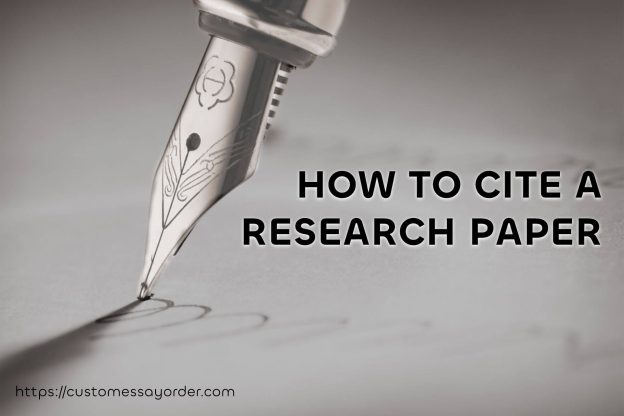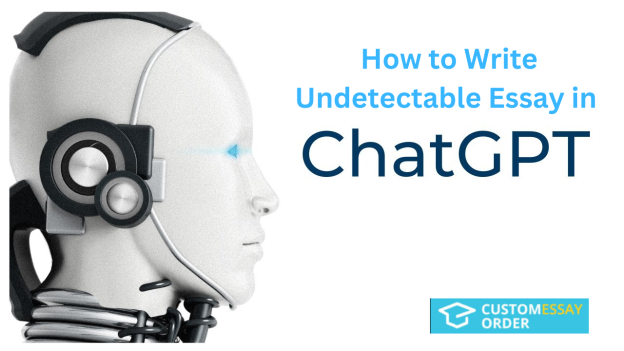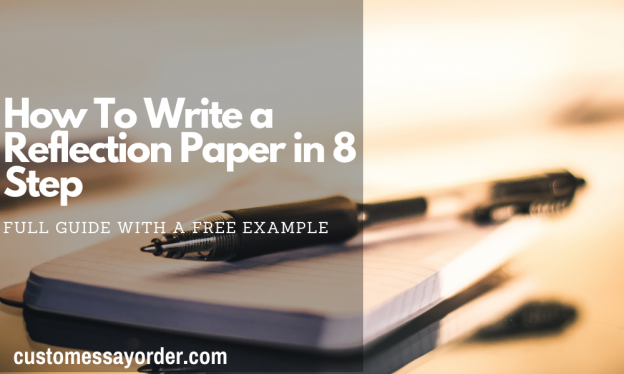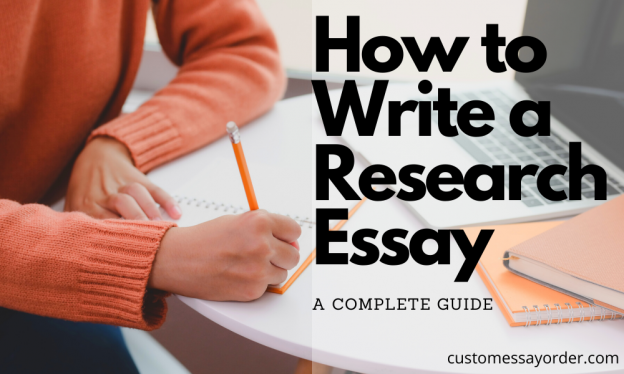Essays come in different sizes, forms, and shapes. It does not matter if you are in high school or college, you will have to write essays and papers in different courses to finish assignments and get solid grades. One of the most common types of essays are narrative essays. As the name suggests, they have elements and story and plot to grasp the readers’ attention and make them believe in the writer’s personal experience, thought, or idea. The most important thing in a narrative or a personal essay is the self-introduction as this is how readers know who the writer is.
Self-introduction plays a major role in setting the stage and grabbing the readers’ interest. That’s why it cannot be left to chance. This blog is dedicated to how to write an introduction about yourself, its importance and scope, and some examples to see how the theory is utilized in practice.
Importance of a Well-Written Self-Introduction
Self-introduction is mostly covered in narrative or personal writing. In this type of work, writers need to develop a rapport with the readers and get them ease into the topic before exploring different aspects of the essay. Self-introduction helps them get to know who the writer is and whether to trust him or not. In both cases, the writing gets interesting. For instance, in fictional work, the reliability or the lack of it in the narrator makes a very interesting and gripping reading.
Due to the value that readers and instructors put in the story of the narrator, self-introduction is an essential aspect of narrative or personal writing. That’s why any work in this category is incomplete without self-introduction.
Want to write a compelling self-introduction but don’t know how? Our custom essay writing services always hit the nail in the head with excellent writing, affordable pricing and more!
Purpose of Writing Self-Introduction
As mentioned in the previous section, readers need to know about writers at an intimate level. The name and titles are only applicable in formal settings. To connect with readers, they need to show who they are at a human level. This adds more dimensions to the prose and makes them believe in the story or narration from the writer. The most common place where self-introduction serves a bigger purpose is in college admission essays. They start with a casual yet profound introduction of the writer; where he was born, what challenges he had to face, and how those challenges turned him into who he is today.
Crafting a Compelling Opening Statement
With the importance that instructors and readers put into self-introduction, it is natural for students to seek counsel on how to craft a compelling one. It is both an art and a science because you need to juggle a lot of known and unknown variables.
Here are two things that you should cover before we dive deeper into the elements of self-introduction and how they are written. Keep in mind that we are showing a self-introduction for formal settings, such as applying for a job.
Highlighting Your Relevant Background and Experience
In the cover letter for a job vacancy, you should open by highlighting your relevant background and experience and then build a narrative on top of that. For example, if you fulfill the minimum requirements, then they will be interested in knowing more about your personality, the challenges you have faced, and the disasters you have averted in your previous role.
Demonstrating Your Values and Traits
Since it is mostly an emotional thing, you should use the self-introduction to showcase your values and traits. Again, if you are applying for a position, it is best to demonstrate these with complementary elements to the values of the prospective employer. This will show them you are indeed a right fit for the position, both at technical and personal levels.
Elements of a great self-introduction
We have covered how to ace self-introductions for a job application in the last section. Now, let us cover each element of how to write an introduction about yourself in a literary setting, like while writing an essay or a personal statement.
If you believe you cannot balance all the elements of a solid self-introduction, we offer write my essay services. You provide the details and we will cover the rest for you.
Beginning
The beginning of the self-introduction makes all the difference. You need to grab the imagination of your readers and make them see what you want them to right off the bat. It can be an anecdote, a statistic, or a piercing question. Whatever it is, it should work!
Background
Once you have laid the groundwork, it is time to give them some background on who you are as a person. This includes where you grew up, how your family was in terms of structure and finances, and more. Again, make sure to build on what you started in the beginning and do not sway too much away from it.
Skills
Whether it is a college admission essay or a job application, skills will help you stand out when the emotional arsenal starts to deplete. When you have capitalized on the emotional elements, ease the readers into what you have learned and the valuable skills that you have acquired out of adversity.
Achievements
There was a time when instructors used to stress upon achievements that are objective and quantifiable. These include grades and scores as well as the number of awards in a certain activity or industry. However, today is a different story because you have mentioned getting rid of a bad habit as an achievement, especially in a casual setting.
Ambitions
After covering who you are, what you have gone through, and what you have learned from those trials, it is time to let your aims and ambitions shine through. They are valuable in both college admission essays and job applications. A solid self-introduction is the door opener for you.
Values
Ambition is great but you cannot rely on it solely to get to the finish line. On top of that, you need to have guiding values that should be embedded in the self-introduction. In job applications, you can integrate them and make them complementary to the values and traits of the employers.
Conclusion
The opening and closing lines of the self-introduction usually make all the difference. Experts believe that there should be a CTA in the closing lines because it will somehow prompt readers and instructors to do the intended action in either direction. Whatever they do, the words will leave a mark on their minds.
How to write an introduction about yourself
- Rehearse It: As Shakespeare said, life is a stage and we are all actors. The same goes for self-introduction. Make sure to rehearse the lines and adopt a persona according to the circumstances.
- Tell a Story: A story adds a new dimension to the ordinary. That’s why they are revered throughout human history. You can use this element and add value to the self-introduction.
- Communicate Your Values: W e have certainly stressed enough about the importance of values, but may be not enough. Integrate values in your self-introduction and show the readers that they are building blocks of your character.
- Showcase Your Personality: Your personality is more than how you walk and talk. It is about how you deal with challenges and help others. This is essential for both college admission essays and job applications.
- End with a Question: Asking a question at the end of the self-introduction is a good way to sign off. The question might linger in the minds of the readers and compel them to do the desired thing.
Avoiding Common Mistakes in Self-Introductions
Like with the instructions on what to do or how to do something, the students and aspirants need to know the mistakes so that they can avoid them. While our writers work on all types of self-introduction and other relevant works, you can order edit my essay service and they will deliver a compelling piece.
This section is dedicated to showing them some common mistakes that even professionals make in their self-introduction pieces.
- Starting with a generic or too obvious opening can ruin the whole self-introduction.
- You need to be specific and focused as vagueness and broad subject kill the purpose.
- Personal information serves the best purpose in moderate quantity.
- No matter how imprompt you have worked on, there should be a structure to your self-introduction.
- The tone and language of the self-introduction should be designed according to the occasion.
Wrapping Up
That’s it for the complete guide on how to write self-introduction in essays and paragraphs. We have started with what they are and how they are important in providing necessary information to the readers. In both formal and casual writing, they are great at helping readers connect with the writer and better understand the points he tries to make. If you were wondering how to write a solid self-introduction, you will appreciate this post. Use it as the ultimate guide while writing yours.
Popular Questions on Writing Self-Introductions
What should be covered in a self-introduction?
Generally, a self-introduction should cover your name, qualifications, skills, and other personal details. But what should be covered in one is determined by the purpose, whether you are applying for a job or a position in an academic institution.
What is the ideal length of a self-introduction?
The ideal length of the self-introduction depends on where you are using it. In a paragraph, you should not go over 100 to 150 words. As for an essay, you can go long a little and contain your self-introduction to 300 words. Keep in mind that it should strike a balance between detail and purpose.
How can I make my self-introduction engaging?
It is important to make your self-introduction engaging. The best way to make sure you are off to a good start is by avoiding generic openings, such as “Hello, my name is …….“. Instead, open with something interesting like an achievement or a special experience.
Can I cover personal trials and challenges in the introduction?
Personal trials and challenges show readers who you are and how you deal with adversity. It can be a great opening statement in your self-introduction. Keep in mind that it should be worthy of the rest of the narrative to be built on it.








